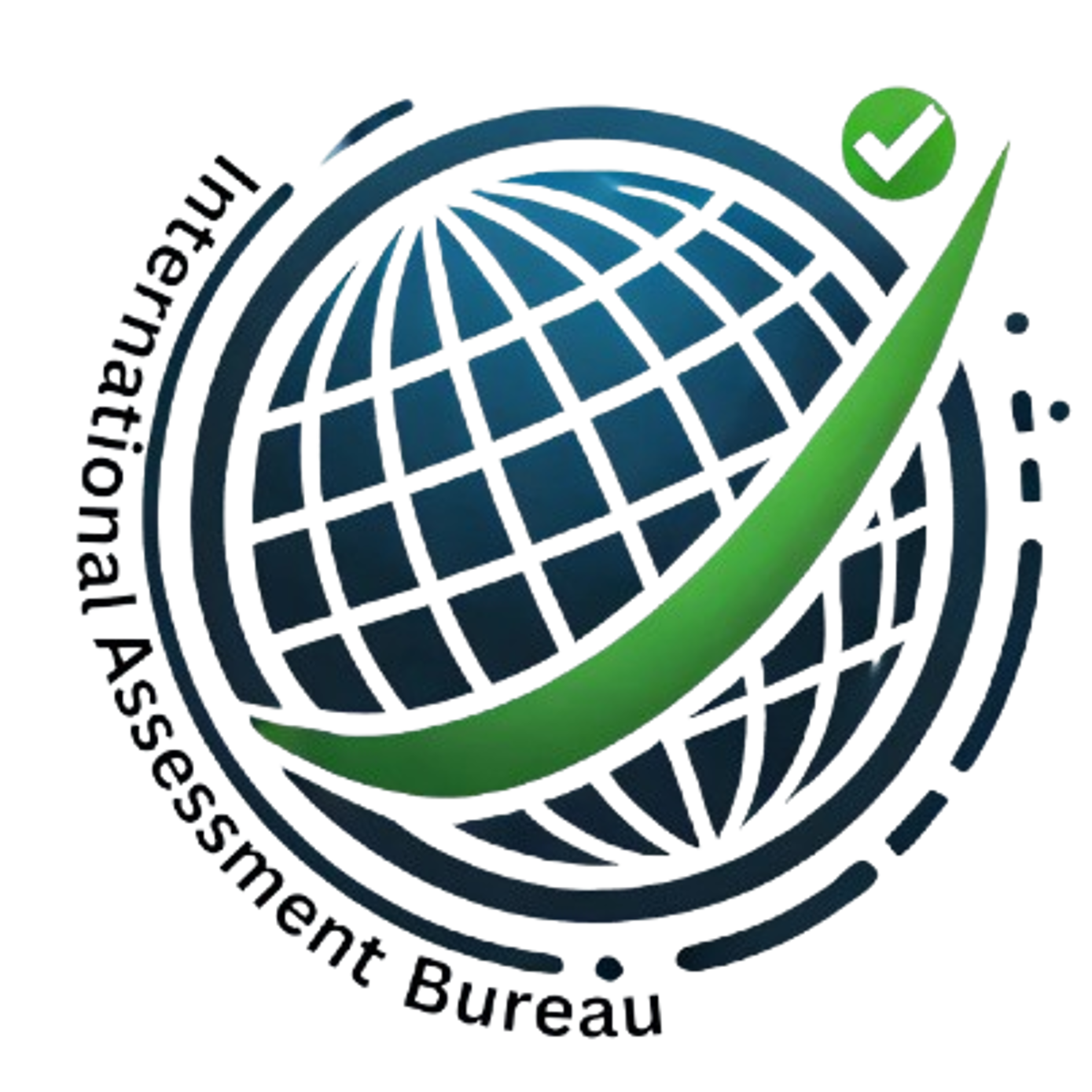Frequently Asked Questions
What does each of the standards mean?
ISO 9001
Quality Management Standard
ISO 14001
Environmental Management Standard
ISO 45001
Occupational Health and Safety Standard
ISO 27001
Information Security Management Standard
ISO 50001
Energy Management Standard
COP 119
Code of Practice for the Provision of Security Labour
What are the benefits of ISO certification
ISO certification can enhance your organization in multiple ways:
- Win More Business: Many tenders require ISO certification as a pre-qualifier.
- Boost Efficiency: Streamlined processes lead to reduced waste and higher productivity.
- Enhance Reputation: Demonstrates a commitment to quality, security, sustainability, or energy efficiency.
- Reduce Costs: ISO 50001 helps identify energy savings, significantly cutting costs.
- Stay Competitive: Distinguish your organization in the marketplace.
By following these steps, your business can unlock the full potential of ISO certification and enjoy long-term success.
Is your certification recognised?
Yes, our certifications are recognised and trusted. We adhere to rigorous assessment standards to ensure the quality and reliability of our certifications. Our clients successfully use our certifications to demonstrate compliance, improve operations, and meet customer and tender requirements. Our certifications provide significant value by helping organizations align with international standards, enhance credibility, and achieve operational excellence. If you have specific requirements, we’re happy to discuss how our certification can support your business needs.
What can I expect from the certification process for ISO certification?
The journey to ISO certification might seem overwhelming at first glance, but it’s more manageable than it appears. Follow these six streamlined steps to achieve certification efficiently and confidently.
Step 1: Select the Appropriate Standard
Choosing the right ISO standard is crucial for aligning with your organization’s goals and aspirations. Below are five key standards to consider:
- ISO 9001 (Quality Management): Enhance customer satisfaction and improve internal processes. Businesses with this certification report winning more contracts and achieving greater efficiency in operations.
- ISO 27001 (Information Security): Focuses on protecting data and mitigating cyber risks. Certification demonstrates a strong commitment to cybersecurity and supports GDPR compliance.
- ISO 14001 (Environmental Management): Helps reduce environmental impact, cut waste, and boost your organization’s green credentials.
- ISO 45001 (Occupational Health and Safety): Promotes better health and safety practices, improving employee well-being and productivity.
- ISO 50001 (Energy Management): Focuses on optimizing energy use and reducing costs. Certification demonstrates a commitment to energy efficiency, sustainability, and carbon footprint reduction.
Considering multiple certifications? Some standards, like ISO 9001 and ISO 14001, ISO 45001, ISO 27001, and ISO 50001, have overlapping systems, allowing you to pursue dual certifications more efficiently. This integration reduces disruptions, streamlines processes, and saves costs.
Step 2: Choose a Trusted Certification Body
Not all certification bodies are equal. Selecting the right partner is key to a successful certification process.
Choosing a reputable body avoids future complications and ensures your certification meets tender requirements.
Step 3: Secure Stakeholder Commitment
A smooth certification journey begins with buy-in from key stakeholders. Engage your team early to align everyone on the benefits and objectives of certification.
- Partnership: Choose a certification body that provides clear communication and guidance throughout the process.
- Communication: Clearly outline the business case and benefits of certification to gain support.
- Training: Offer introductory ISO courses to decision-makers and e-learning for employees post-certification to reinforce engagement.
Step 4: Prepare for the Initial (Stage 1) Audit (Remote)
The Stage 1 audit is an exploratory review of your current processes. It identifies gaps and opportunities for improvement without requiring pre-existing systems. The result is an actionable plan tailored to your organization’s needs.
Step 5: Develop a Management System
Following the Stage 1 audit, you’ll develop a management system to meet the required standards. This system includes documented processes demonstrating compliance.
- Tools and Templates: Use ready-made toolkits to streamline documentation. Adapt these to reflect your business operations.
- Submission: Submit your documents easily through a dedicated client platform.
Step 6: Final (Stage 2) Audit
The Stage 2 audit ensures that your management system meets the standard’s requirements. If successful, certification is granted. If not, the auditor will provide guidance, and a follow-up audit will be scheduled.
After achieving certification, annual audits will maintain your compliance and support continuous improvement.
Will you do everything for us?
We will be in touch with you throughout the process, but it is important for you to run the project. As the certifier, we will confirm on behalf of ISO that your business conforms to the particular standard and issue your certificate.

